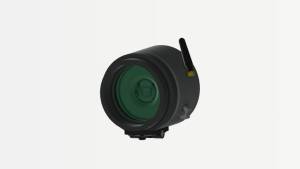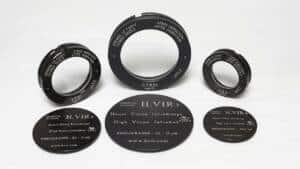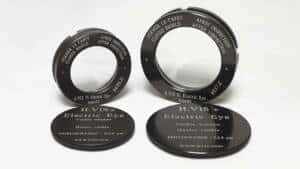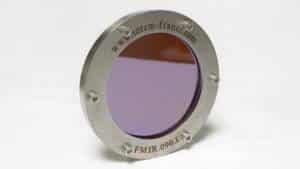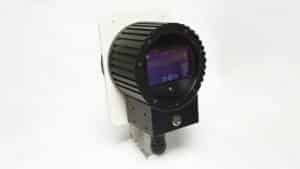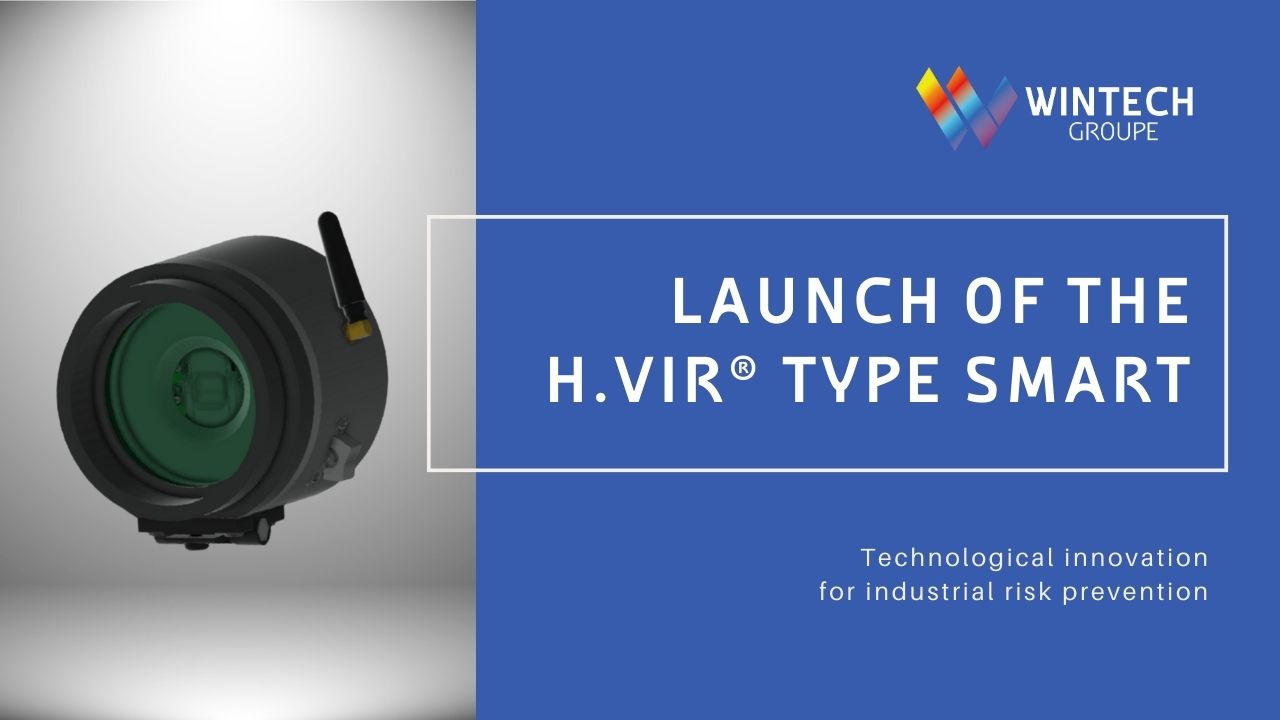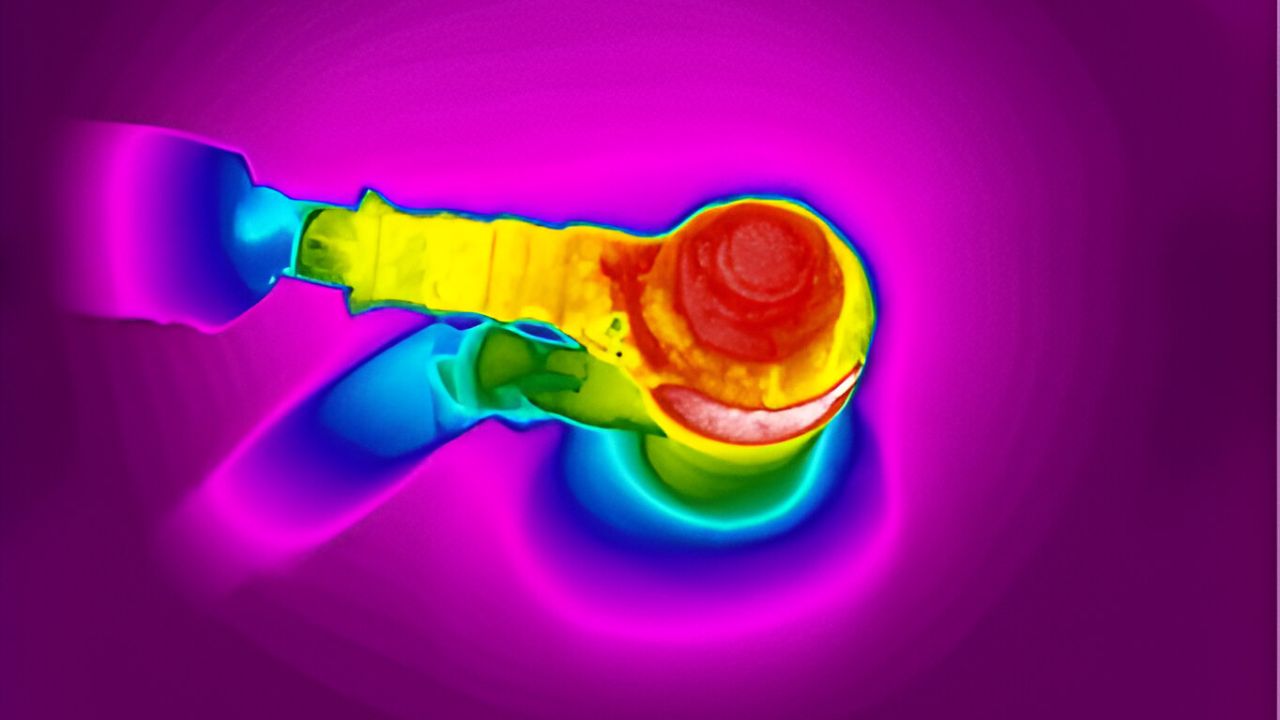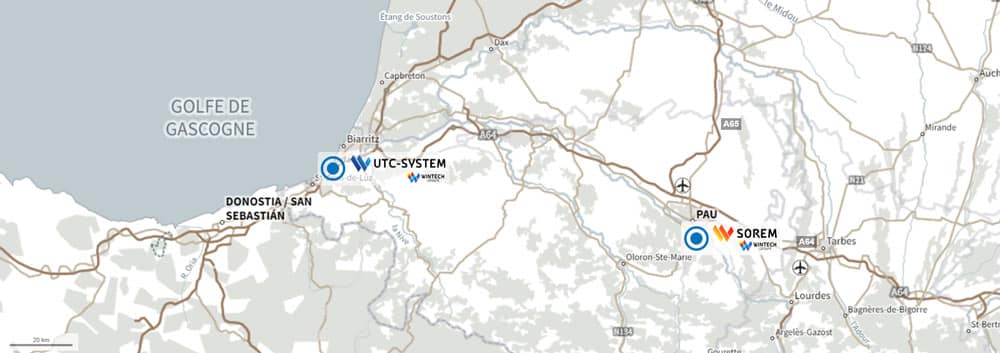Fire prevention: when is a Hot Work Permit required?
A hot work permit is a safety document relating to the prevention of the risk of fire and explosion in the workplace. In many countries this document must be completed prior to performing any “hot work” – a term referring to work that can create sparks, is performed with a flame, or can create hot surfaces. Because this type of work at the origin of 30% of the fires recorded in the workplace, it is important that safety regulations are followed to the letter. To avoid any failures to meet safety regulations, the hot spot permit is established taking into account the planned work and must be updated in case of modification to the process.
What are hot work jobs requiring a permit?
Hot work requiring a fire permit, includes work that generates sparks, flames or hot surfaces. These are assembly operations (welding), removal of materials (grinding, cladding) or disassembly of equipment (cutting). The most common hot spot jobs are:
- Gas torch welding
- Electric arc welding
- Air arc welding (projection of molten metal over several meters)
- Oxyfuel cutting for cutting metals with an oxygen jet
- Cutting and grinding with saws, angle grinders or sanders
To avoid any risk of fire or explosion during work in hot spots, it is essential to put in place strict prevention measures to protect your staff and your premises. If these jobs are poorly prepared or executed without sufficient precautions, they can be the cause of serious disasters.
« Hot work is one of the most common causes of fire in industrial environments, due to the creation of ignition sources responsible for fires. »
According to a document from the French insurance group AXA, the three main organizational failures identified during hot work are a failure to identify risks, non-existent or incomplete procedures and inadequate monitoring. In this context, the hot work permit is a prevention document that allows a strict framework for carrying out work in hot spots.
What does the hot work permit contain?
The purpose of the fire permit is to present an analysis of fire risks in order to prevent them. The document contains a list of points to be checked, checked and preventive instructions to be followed before, during and after the completion of work in hot spots. The fire permit includes the following information:
- a description of the work to be carried out
- the equipment used
- the specific risks identified
- monitoring time slots
- the means of prevention and protection to be implemented
- emergency numbers to contact
To help you better understand the content of a fire permit, you can consult the model support document proposed by Allianz. It is important to note that the fire permit takes into account the chronological order of the three stages of the work site: preparation of the work zone (before), carrying out work in hot spots (during) and clearance (after).
« When drawing up the fire permit, it is essential to clearly identify the risks, clarify the procedures and instructions and propose optimal monitoring after the work has been completed. »
The hot spot permit is created during the preparation stage of the work zone. This phase aims to identify all the risks associated with work in hot spots. It includes elements such as the identification of the tools and processes planned as well as the places of intervention.
When carrying out the work, the hot work permit must be revised if a change in the operating procedure is necessary (change of location, extension of the duration of the work, etc.). A new risk analysis will have to be presented, accompanied by new preventive measures if necessary. If the duration of the work is extended, the fire permit must be checked and updated daily.
Finally, once the work is completed, the clearance phase begins. This step should not be neglected. Indeed, special vigilance is required because the risk of fire or explosion persists (covering fire for example). It is recommended to set up a fire watch for at least two hours after the end of the work. This watch should be carried out by one or more persons. In this regard, it should be recalled that according to Axa, suboptimal monitoring is one of the three main organizational failures during work in hot spots.
How to ensure optimal fire watch after hot work?
A large number of fires are primarily the result of human error or a lack of prevention such as a lack of awareness of the risk. In addition, the human eye can only detect visible elements of a fire. This means that the process of starting the fire has already begun.
Therefore, the challenge lies in detecting the risk of a fire starting, before visible signs appear. Wintech Groupe has designed the UTC FIRE thermal camera to enable fire detection at an early stage, detecting temperature increases through infrared.
Integrated into a handheld system, the UTC continuously monitors the location where hot work has been performed. Connected to the Internet continuously, this device, equipped with an infrared detector, can send alerts coupled with real-time data at any time of the day or night, by email or SMS.
In the context of hot spot work, the UTC is an effective prevention device that can be used for fire watches and integrated into standard hot spot permits to reduce risks.
A hot work permit is a safety document relating to the prevention of the risk of fire and explosion in the workplace. In many countries this document must be completed prior to performing any “hot work” – a term referring to work that can create sparks, is performed with a flame, or can create hot surfaces. Because this type of work at the origin of 30% of the fires recorded in the workplace, it is important that safety regulations are followed to the letter. To avoid any failures to meet safety regulations, the hot spot permit is established taking into account the planned work and must be updated in case of modification to the process.
What are hot work jobs requiring a permit?
Hot work requiring a fire permit, includes work that generates sparks, flames or hot surfaces. These are assembly operations (welding), removal of materials (grinding, cladding) or disassembly of equipment (cutting). The most common hot spot jobs are:
- Gas torch welding
- Electric arc welding
- Air arc welding (projection of molten metal over several meters)
- Oxyfuel cutting for cutting metals with an oxygen jet
- Cutting and grinding with saws, angle grinders or sanders
To avoid any risk of fire or explosion during work in hot spots, it is essential to put in place strict prevention measures to protect your staff and your premises. If these jobs are poorly prepared or executed without sufficient precautions, they can be the cause of serious disasters.
« Hot work is one of the most common causes of fire in industrial environments, due to the creation of ignition sources responsible for fires. »
According to a document from the French insurance group AXA, the three main organizational failures identified during hot work are a failure to identify risks, non-existent or incomplete procedures and inadequate monitoring. In this context, the hot work permit is a prevention document that allows a strict framework for carrying out work in hot spots.
What does the hot work permit contain?
The purpose of the fire permit is to present an analysis of fire risks in order to prevent them. The document contains a list of points to be checked, checked and preventive instructions to be followed before, during and after the completion of work in hot spots. The fire permit includes the following information:
- a description of the work to be carried out
- the equipment used
- the specific risks identified
- monitoring time slots
- the means of prevention and protection to be implemented
- emergency numbers to contact
To help you better understand the content of a fire permit, you can consult the model support document proposed by Allianz. It is important to note that the fire permit takes into account the chronological order of the three stages of the work site: preparation of the work zone (before), carrying out work in hot spots (during) and clearance (after).
« When drawing up the fire permit, it is essential to clearly identify the risks, clarify the procedures and instructions and propose optimal monitoring after the work has been completed. »
The hot spot permit is created during the preparation stage of the work zone. This phase aims to identify all the risks associated with work in hot spots. It includes elements such as the identification of the tools and processes planned as well as the places of intervention.
When carrying out the work, the hot work permit must be revised if a change in the operating procedure is necessary (change of location, extension of the duration of the work, etc.). A new risk analysis will have to be presented, accompanied by new preventive measures if necessary. If the duration of the work is extended, the fire permit must be checked and updated daily.
Finally, once the work is completed, the clearance phase begins. This step should not be neglected. Indeed, special vigilance is required because the risk of fire or explosion persists (covering fire for example). It is recommended to set up a fire watch for at least two hours after the end of the work. This watch should be carried out by one or more persons. In this regard, it should be recalled that according to Axa, suboptimal monitoring is one of the three main organizational failures during work in hot spots.
How to ensure optimal fire watch after hot work?
A large number of fires are primarily the result of human error or a lack of prevention such as a lack of awareness of the risk. In addition, the human eye can only detect visible elements of a fire. This means that the process of starting the fire has already begun.
Therefore, the challenge lies in detecting the risk of a fire starting, before visible signs appear. Wintech Groupe has designed the UTC FIRE thermal camera to enable fire detection at an early stage, detecting temperature increases through infrared.
Integrated into a handheld system, the UTC continuously monitors the location where hot work has been performed. Connected to the Internet continuously, this device, equipped with an infrared detector, can send alerts coupled with real-time data at any time of the day or night, by email or SMS.
In the context of hot spot work, the UTC is an effective prevention device that can be used for fire watches and integrated into standard hot spot permits to reduce risks.


